Shanghai Homes
GLOBAL CHINESE CULTURE
GLOBAL CHINESE CULTURE
David Der-wei Wang, Editor
Michael Berry, Speaking in Images: Interviews with Contemporary Chinese Filmmakers
Sylvia Li-chun Lin, Representing Atrocity in Taiwan: The 2/28 Incident and White Terror in Fiction and Film
Michael Berry, A History of Pain: Literary and Cinematic Mappings of Violence in Modern China
Alexander C. Y. Huang, Chinese Shakespeares: A Century of Cultural Exchange
Shu-mei Shih, Chien-hsin Tsai, and Brian Bernards, editors, Sinophone Studies: A Critical Reader
Andrea Bachner, Beyond Sinology: Alterity, Mediality, and the Sinograph
Shanghai Homes
Palimpsests of Private Life
Jie Li

COLUMBIA UNIVERSITY PRESS NEW YORK
A subsidy from the Harvard FAS Tenure-Track Faculty Publication Fund helped offset publication costs.
Columbia University Press wishes to express its appreciation for assistance given by the Chiang Ching-kuo Foundation for International Scholarly Exchange and Council for Cultural Affairs in the publication of this series.
Columbia University Press
Publishers Since 1893
New York Chichester, West Sussex
cup.columbia.edu
Copyright 2015 Columbia University Press
All rights reserved
E-ISBN 978-0-231-53817-6
Library of Congress Cataloging-in-Publication Data
Li, Jie, 1979-
Shanghai homes: palimpsests of private life / Jie Li.
pages cm. (Global Chinese culture)
Includes bibliographical references and index.
ISBN 978-0-231-16716-1 (cloth : alk. paper) ISBN 978-0-231-16717-8 (pbk.)
ISBN 978-0-231-53817-6 (electronic)
1. DwellingsChinaShanghai. 2. ChineseDwellingsChinaShanghai. 3. Shanghai (China)Social life and customs. 4. Shanghai (China)Civilization. I. Title.
GT366.S525L52 2015
392.3'60951132dc23
2013050042
A Columbia University Press E-book.
CUP would be pleased to hear about your reading experience with this e-book at .
COVER PHOTO: Paul Rushton / Alamy
COVER DESIGN: Milenda Nan Ok Lee
References to websites (URLs) were accurate at the time of writing. Neither the author nor Columbia University Press is responsible for URLs that may have expired or changed since the manuscript was prepared.
For my grandparents and Anton
CONTENTS
OVER THE PAST DECADE and a half, I have accumulated many debts of gratitude to those who helped me draft, build, remodel, and furnish Shanghai Homes. After leaving Shanghai for New York at the age of eleven, I revisited my grandparents alleyways only in high school English classes, encouraged by my creative writing teacher, Douglas Goetsch, to excavate memory shards from childhood and polish them into vignettes. In college, courses with Leo Ou-fan Lee and Eileen Cheng-yin Chow inspired me to remap my familys experiences onto Shanghais broader cultural landscape and cosmopolitan history. As enthusiastic and judicious mentors, they helped me conceptualize a creative blueprint for an undergraduate thesis and scaffold a critical framework.
My extended family members and former neighbors provided the most important building materials for this book, enlivening it with their voices over several summers. I thank them for entrusting with me their family and personal histories and can only hope that this book has done their stories justice. Among the many grandmas and grandpas, aunts and uncles who so patiently answered my repeated inquiries in person, over the telephone, and through correspondence, I am especially grateful to two alleyway neighbors, Aunt Duckweed and Grandma Apricot. Both gifted storytellers with detailed and sensuous memories, they could recreate the sights, sounds, smell, taste, and touch of the spaces they had inhabited as well as conjure up long-gone characters.
Video was an important part of my fieldwork, and I thank Richard Gordon, Carma Hinton, Dick Rogers, and Irene Lusztig for teaching me how to capture and edit everyday life and oral histories.
After completing a first version of Shanghai Homes as a senior thesis in 2001, I received supportive and critical comments from friends and teachers: Rabia Belt, Wilt Idema, Ying Qian, Adam Storeygard, and Honza Vihan. Kiku Adattos inclusion of this thesis in her course syllabus for Culture and Society in the subsequent decade brought new readers to it every year. Meanwhile, as Shanghai alleyways were demolished, old communities dissolved, and the memories of my elders faded, the portraits of individuals, families, and neighborhoods in the thesisalbeit flawed and incomplete like an old family photo albumseemed ever worthier of preservation.
To refurbish an undergraduate thesis into a book was a bit like renovating an old house into a museum, a process requiring updated fieldwork, archival research, and almost complete rewriting. For their faith in an unorthodox manuscript between a family memoir and an academic study, I am deeply grateful to Jennifer Crewe and David Der-wei Wang. Insightful and detailed comments from Eugene Wang and an anonymous reviewer pushed me to clarify my methodology, solidify engagement with secondary scholarship, and improve the books illustrations. A postdoctoral fellowship at Princetons Society of Fellows in 20122013 gave me both the serenity of mind and the intellectual stimulation needed to complete the final manuscript revisions. Inspirational conversations with Mary Harper, Susan Stewart, Carolyn Rouse, Janet Chen, Aihe Wang, and Winnie Wong deepened my thinking on addressing audiences across different fields and disciplines. I am particularly indebted to Denise Ho, Hanchao Lu, Ying Qian, and Yomi Braester for their perceptive and thoughtful comments on the final manuscript. I would also like to thank Yang Xu for helping me with many illustrations and Annie Barva for her superb copyediting, as well as Leslie Kriesel and Jonathan Fiedler for their patient editorial assistance.
Writing a book about homes and private life intensified my appreciation of my own family and our shared memories. A zhiyin throughout the years, my husband, Daniel Koss, has always been the first reader and candid critic of every fragment and complete draft. I would not have written this book without his affection for its characters and stories. My mother, Wang Yaqing, and father, Li Bin, planted the seeds from which my intellectual passions have grown, supported the research and writing of this book at every turn, and lovingly furnished it with their hand-drawn illustrations. My four grandparentsLi Baoren and Zhu Yuehua, Wang Zhengwen and Yao Zhanghuafirst illuminated for me the human vitality and personal meanings of a baffling and tumultuous century. It is to them that I dedicate this book.
Residents of Alliance Lane
GRANDMA APRICOT: Resident of Alliance Lane from childhood to old age, first in No. 111 with her grandparents and parents from 1938, then in No. 83 when she married a neighbor in 1949moving out of the alleyway only upon its demolition in 2006.
WAIPO: My maternal grandmother, who came to Shanghai from the countryside as a silk worker, married Waigong, moved to the third floor of No. 111 after Liberation, and had four children: my mother, Aunt Yahua, Uncle Strong, and Little Aunt.
WAIGONG: My maternal grandfather, who came from a declining landowning family and became a silk worker and proletariat in Shanghai.

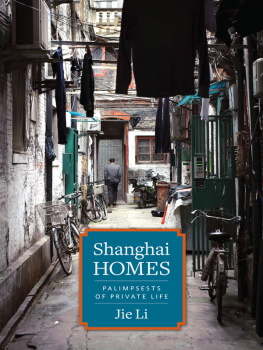
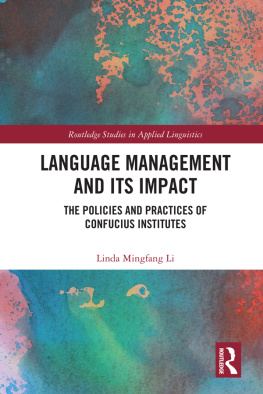
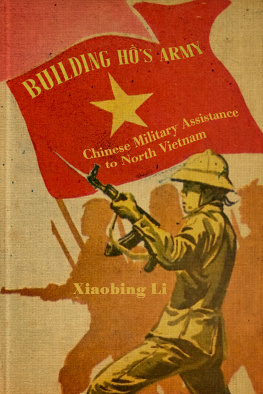
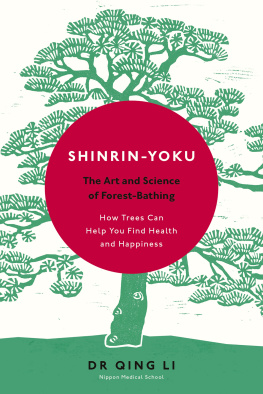

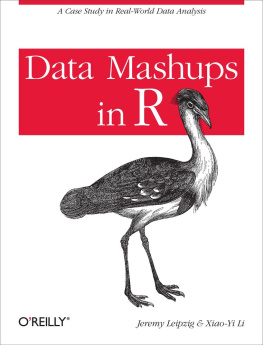
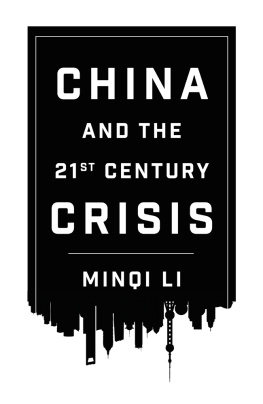
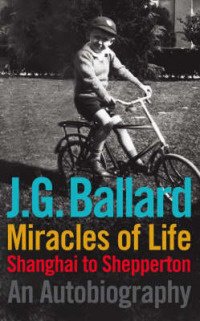
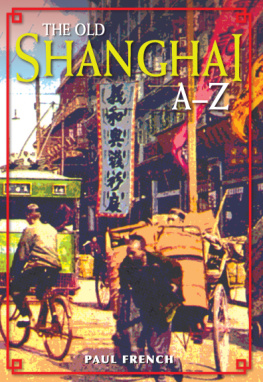

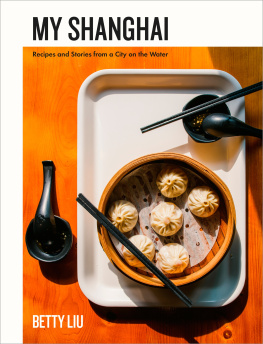
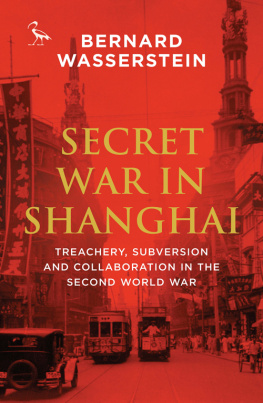

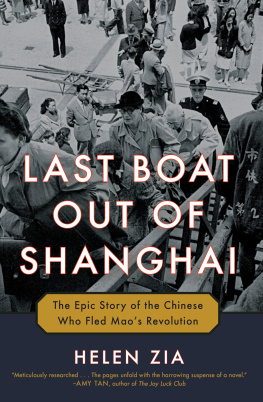
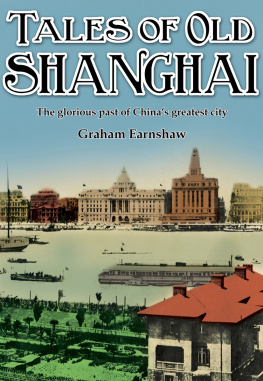
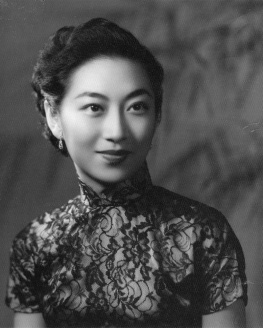




 COLUMBIA UNIVERSITY PRESS NEW YORK
COLUMBIA UNIVERSITY PRESS NEW YORK